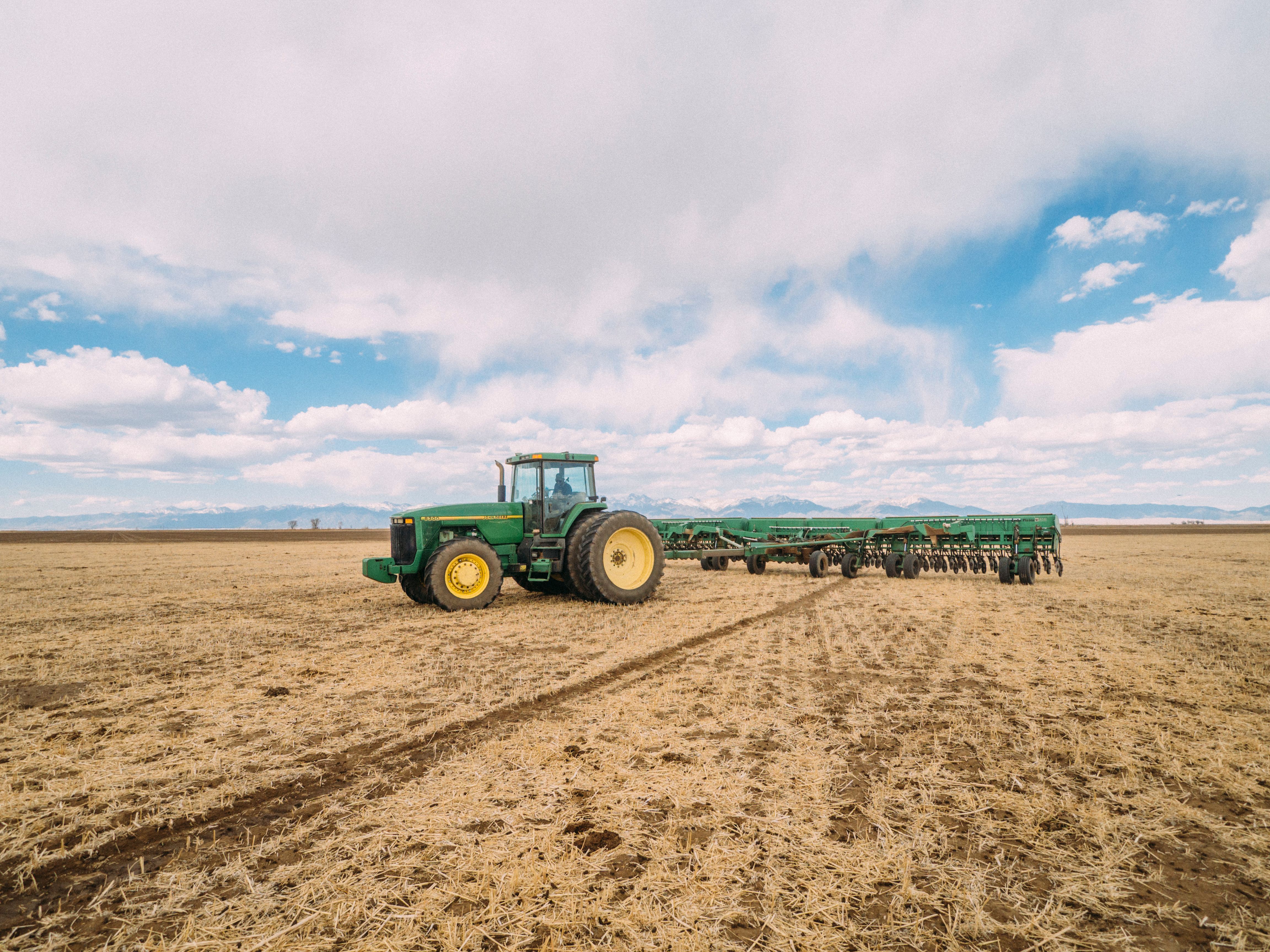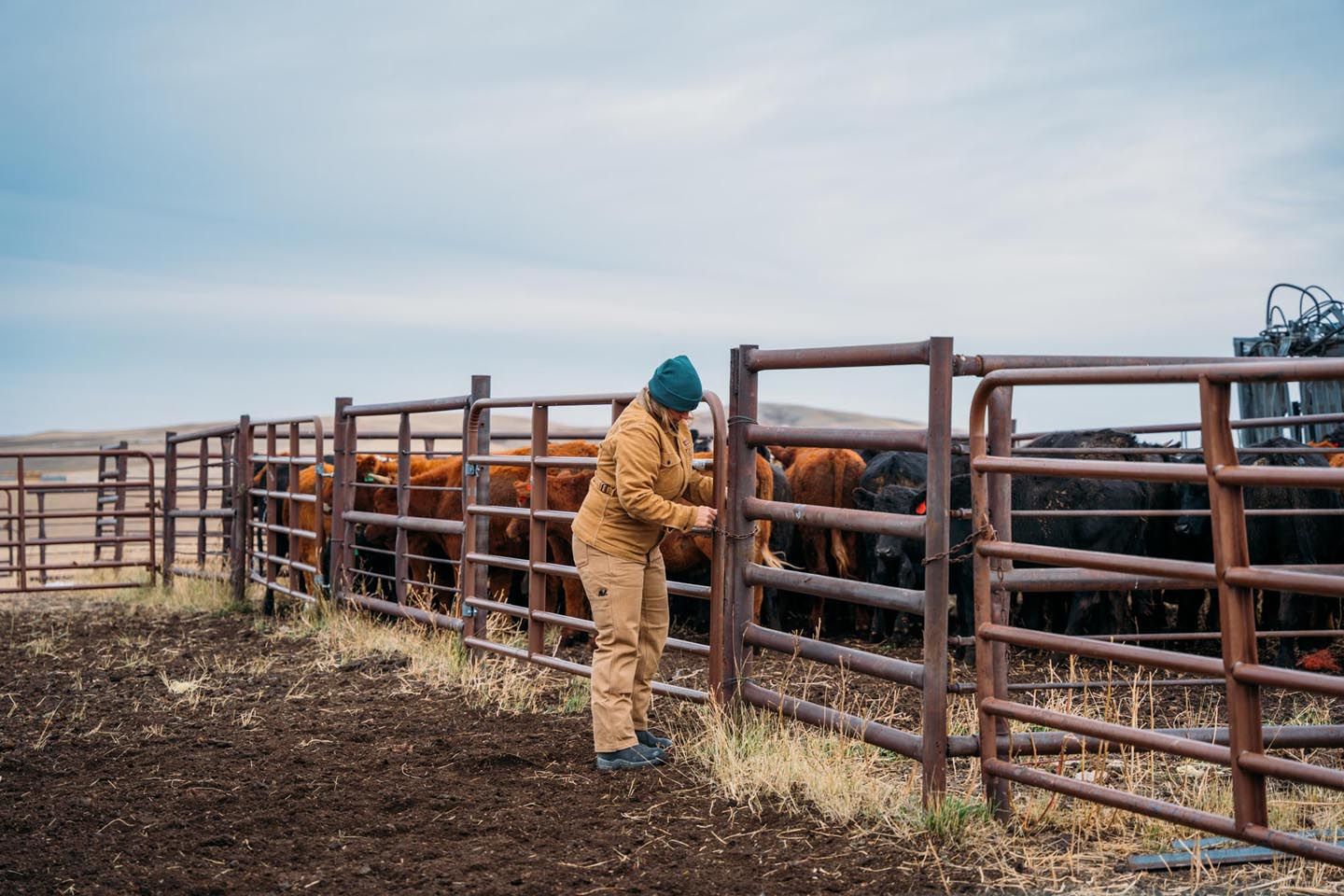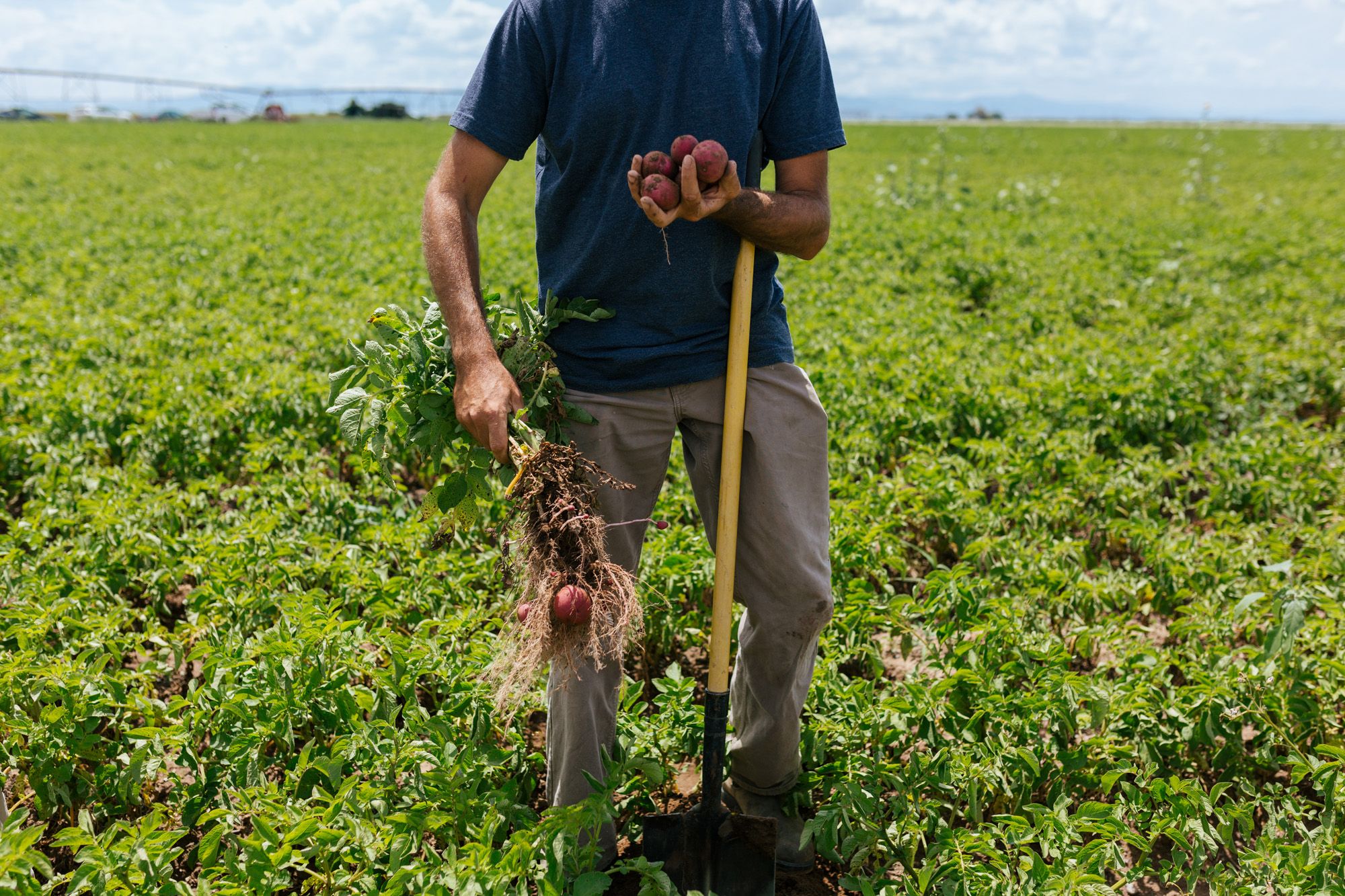
The Mad Capital Journal
Seven smart financial strategies we see from top farmers
Published on
February 23, 2023
Photos by
Jane Cavagnero
Mad Capital works with innovators within agriculture–the stewards who take on risk, work at the margins, and lead. But just because these stewards are revolutionaries doesn’t mean they’re reckless. They feel equal responsibility to the land and as they do to their own sense of financial wellbeing. This is only human, and we celebrate it.
For that reason, we’ve taken note of some of our most financially successful farmers and what makes them so. Ultimately, each operation presents a unique set of challenges that require their own unique actions. Use this as a guide to ask yourself questions, reflect on your habits, or feel positively about the path you’re walking.
Read on to discover some of the smartest financial strategies we see from the top organic farmers in our network.
1. APPROACH THE TRANSITION INCREMENTALLY
Regenerative organic agriculture is a new yet ancient alternative to conventional and industrial agriculture that values diversity in all its forms, quality over quantity, interbeing, farmer empowerment, true wealth, and more. It’s rooted in working with nature, rather than against it.
But it takes a lot of time, wisdom, and work to arrive at that ideal. A massive shift in priorities must take hold, one that concerns itself with soil health, crop rotation, the use of natural fertilizers and pest control methods, animal wellbeing, livestock integration, and multi-species pasture based systems. Adopting all these changes at once can be overwhelming for farmers, leading to potential mistakes, setbacks, and square-ones. It can seem risky, especially if you don’t start with a plan.
Approaching the transition incrementally is critical if you want to mitigate exposing yourself to the total downside. Not just from a management perspective, but also from a financial one. Organic certification requires farmers to adhere to specific guidelines, most of which have high upfront costs. By transitioning gradually, farmers can assess their financial footing and find ways to manage expenses as they gradually transition.

2. BUILD LIQUIDITY WHEN TIMES ARE GOOD
When times are good, and commodity prices are high, there are a lot of strategies farmers can deploy to ensure their future financial success. It can be important to stock cash away and get lines of credit paid down in order to get ready for that next big purchase. You can squirrel this into a high-interest savings vehicle, treasury bills, or invest it in blue chip stocks. Think of it as a strategic rainy day fund!
Having additional liquidity on your balance sheet provides farmers with more flexibility to pursue opportunities as they arise. A neighbor’s farm comes up for sale? You’re prepared to make that downpayment. A piece of equipment breaks and you need to replace it? You have the cash on hand to make it happen. Farms with high levels of liquidity are more equipped to weather economic downturns in the future.
3. DON’T PREPAY DEBT
In addition to building liquidity, the most financially successful farmers we see do not prepay their debts. This may sound counterintuitive at first. Most people rationalize that the more debt they pay off quickly, the less interest they will accrue over time. However, there is a huge opportunity cost to taking this approach.
Let’s say you attempt to pay back your 3% interest loan quickly by making larger-than-required payments on your principal. But then, something comes up and you are forced to take out another loan, except this time with 8%. All of a sudden, you’re paying more out of pocket for the same access to capital you had before.
Successful farming businesses keep a healthy amount of cash on hand to avoid this re-borrowing dilemma. Instead of paying down your debt faster than what’s required, we recommend stocking that cash away or purchasing income generating assets to help your business become even more profitable.

3. AVOID TUNNEL VISION AND REMEMBER TO STRESS TEST
Financially sound farmers don’t force things. Instead, they know when to walk away from bad deals. If land rents are too high or if the equipment is too expensive, they don’t worry that a similar opportunity won’t present itself again.
Alternatively, tunnel vision can be just as dangerous at the top of the market. We find that successful farmers also don’t make huge purchase decisions when commodity prices are at a high. Why? Because they know in order to succeed, they must stress test their resiliency to ensure they will always be able to afford the intended purchase or the payments associated with a big ticket item.
5. OPTIMIZE TOWARDS MULTIPLE INCOME STREAMS
Relying on a single crop or product can leave farmers vulnerable to market fluctuations, crop failures, and recessions. In order to mitigate these risks, it’s important to diversify both the crops that are grown and the markets they’re selling into. In an already precarious industry ruled by weather and commodity prices, it’s important to control what you can.
This might be easier said than done for highly specialized operations, however. In these cases, we often see the most successful farmers heavily and aggressively insure their singular crop to mitigate any risk during the growing season.

6. AVOID LENGTHY LOAN TERMS
Savvy farmers know that the length of a loan term should not exceed the useful life of a particular asset. Some farmers opt for longer loan terms to decrease their monthly payments, but this is a shortsighted strategy, as longer terms often lead to higher interest costs over the course of the life of the loan.
With longer than necessary loan terms, you may end up owing more on your loan than your asset is actually worth. This is especially true if you’re buying a depreciating asset, like equipment or infrastructure. If you need to sell the asset before the loan is paid off, you could end up owing more than you can reasonably get for it.
Additionally, when you commit to an extended loan term, you’re tying up your future income for a longer period of time. This means you may not be able to take advantage of other financial opportunities that come up, like investing in additional land.
7. LIMIT EQUIPMENT LOANS
While an equipment loan might become necessary at some point, they should be approached with caution and control. Typically, the most successful farmers use their own cash to buy used equipment outright. This is an important strategy for ensuring they are not limited or strapped for cash in the future.
Many fast-cash financiers will lend this type of capital without much thought or consideration to what is actually best for the farmer’s financial health. Having multiple payments to make will significantly limit a farmer’s cash flow, making it difficult to invest in other areas of the farm, while trapping farmers in a harmful cycle where they have to take on more and more debt to cover their expenses.